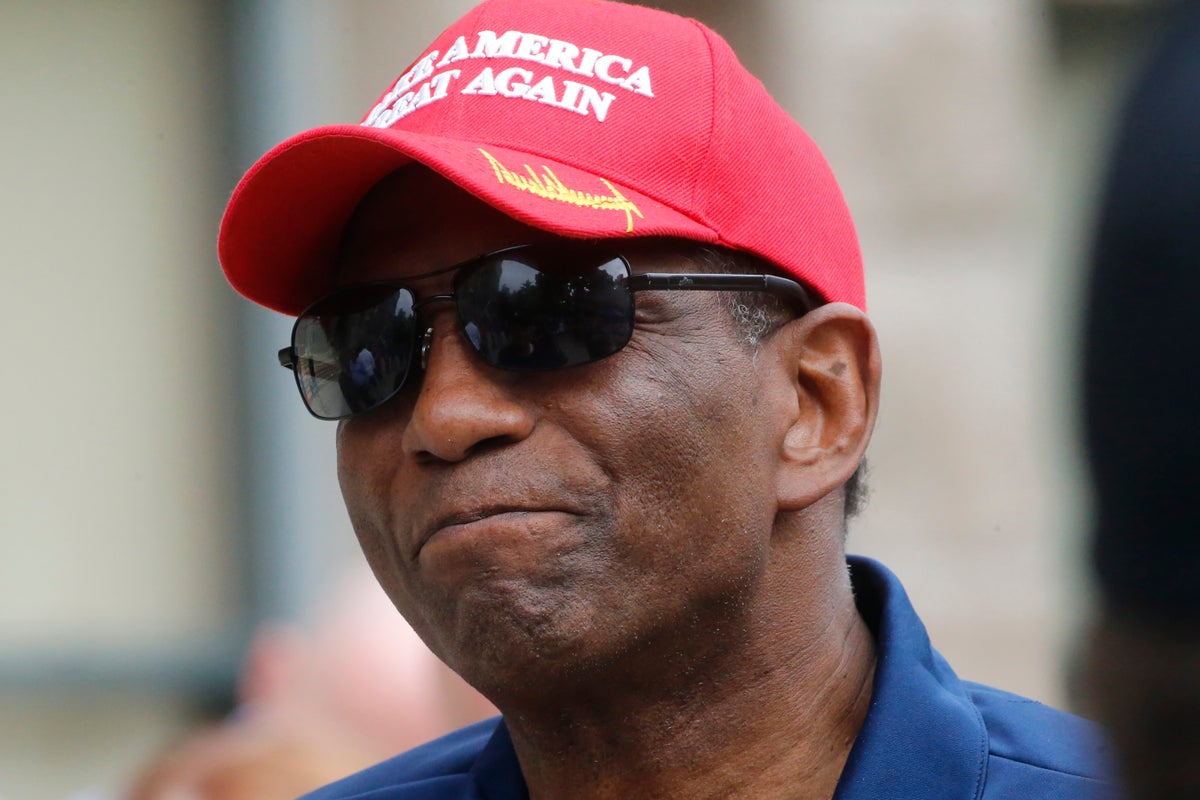
Utah’s four congressmen are expected to cruise to victory in Tuesday's midterm elections after Republican state lawmakers redrew the state’s political maps that expanded the party’s advantage.
The political and demographic landscape had long made three of the state’s four congressional districts almost sure bets for Republicans. But, the other district that covers a suburban swath extending south from Salt Lake City through several cities including West Jordan, Lehi and Saratoga Springs had usually been up for grabs, drawing national interest, piles of glossy campaign mailers and recurring attack ads on local television during college football and Major League Baseball’s World Series.
Not this year.
Republican Burgess Owens, a former NFL player and one of two Black Republicans in the U.S House of Representatives, is heavily favored to win the race in the 4th Congressional District against Democrat Darlene McDonald even though he narrowly defeated Democrat Ben McAdams in 2020.
Former President Donald Trump won the same district by nine percentage points in 2020, but would have won by 26 percentage points under its newly drawn boundaries.
As a result, both candidates and independent political action committees that traditionally support their campaigns have invested less in engaging Utah voters. Outside groups spent $14.3 million to support and attack McAdams and Owens in 2020, according to Open Secrets. This year, outside groups have spent a scant $173,000.
In 2020, Owens and McAdams' campaigns collectively spent $9.8 million. This year, Owens had spent $3.4 million as of Oct. 19, while McDonald had spent $114,000 — much of which came from $104,000 in funds she personally lent her campaign.
“When a district is not as competitive, candidates don’t have to worry about appealing to voters in order to hold on to their job,” said McAdams, who now works at a University of Utah center focused on social impact investing and last year founded his own organization to bridge political divides.
He noted that public events like townhalls are less commonplace in safer districts.
Owens skipped scheduled televised debates in the lead-up to the primary election and last month. He ultimately participated in a untelevised, candidate-organized substitute debate, where he and McDonald agreed on very little with each largely echoing their party’s talking points on inflation, abortion and infrastructure spending.
McAdams and Mia Love, his Republican predecessor who represented the district from 2015 to 2019, attempted to cultivate reputations as moderates and distinguish themselves from their parties at times. Departing from that pattern, Owens in television advertisements and at the debate focused on critical race theory, his opposition to transgender kids playing women’s sports and “Leftists” co-opting school curriculums and institutions like the military with ideology he considers dangerous.
Utah is not the only state where redistricting changed the political landscape. States such as Oklahoma and Arkansas, where Democrats previously saw some sort of path to victory in one congressional district now have no races expected to be competitive.
Owens converted to The Church of Jesus Christ of Latter-day Saints near the end of his career in the NFL. He spent part of his childhood growing up in segregation-era Florida and its on the House Committee on Education and Labor and the Judiciary Committee, which oversaw impeachment proceedings against Trump.
McDonald, who is also Black, is an author and community activist focused on education and racial inequities in Utah. She’s previously run for office twice, unsuccessfully.
Katie Wright, the executive director of the Utah-based anti-gerrymandering group Better Boundaries, said she believes the districts were “purposefully drawn to elevate the voice of some voters and dilute the voice of other voters.”
“I fear that this will create apathy and impact voter turnout,” Wright said.
Republicans who drew the districts have defended them, noting the state’s constitution gives lawmakers elected by voters — rather than a panel of appointees — redistricting power. They also highlight how the new congressional map puts urban and rural voters in every district in a way that reflects Utah’s character.
Utah's other three incumbent U.S House members are also expected to notch easy victories.
In the state’s 1st Congressional District, a northern Utah area that includes Ogden and Logan, Moore faces a challenge from Democrat Rick Jones.
In Utah’s 2nd Congressional District, which spans from St. George through the Salt Lake City suburbs, Stewart is pitted against Democrat Nick Mitchell and two other candidates.
In the 3rd Congressional District, Curtis is running against Democrat Glenn Wright and three other candidates.







